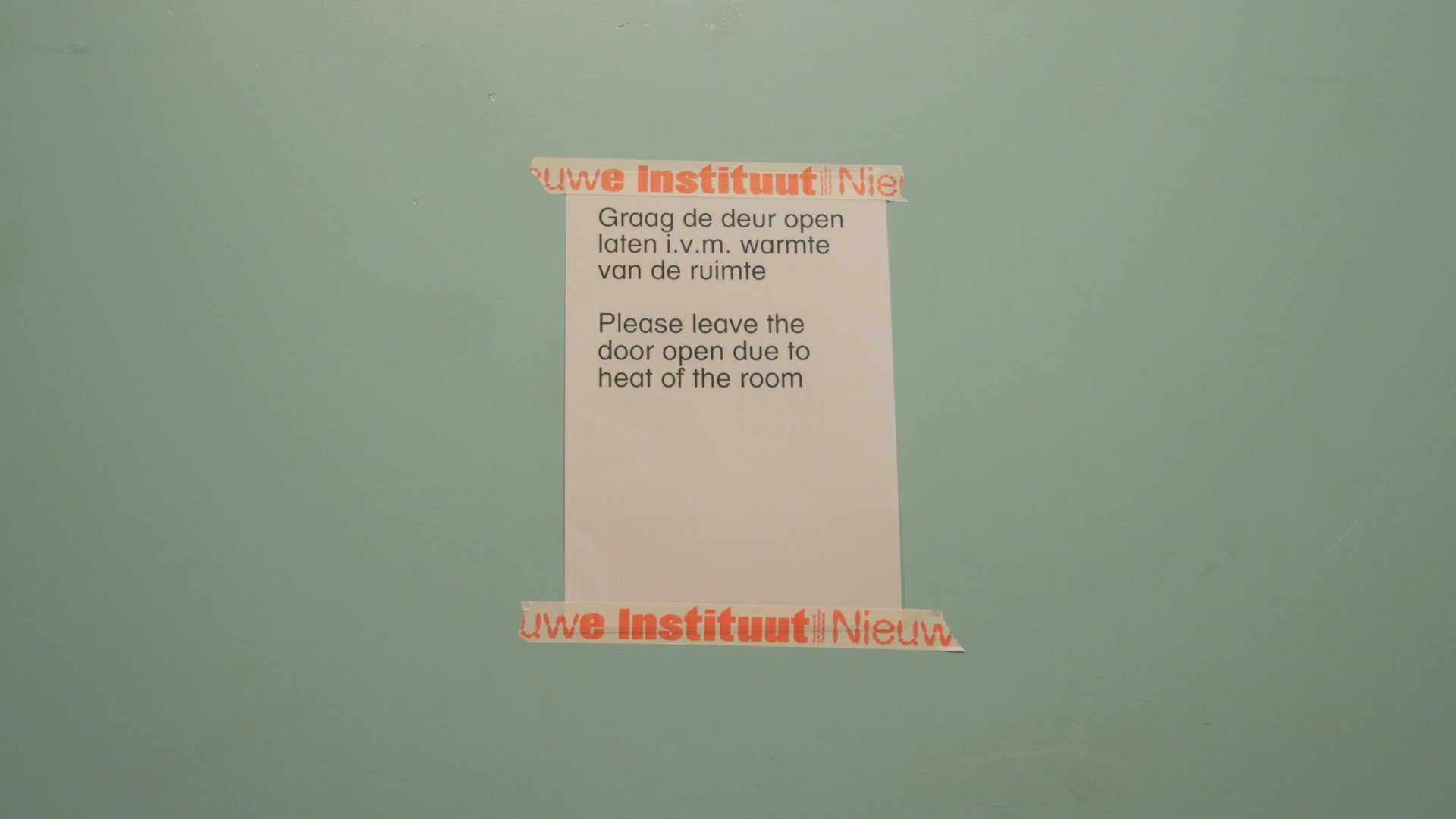Climate Portraits: Nieuwe Instituut was commissioned by the 11th International Architecture Biennale Rotterdam "Nature of Hope."
Thanks to Roeland van den Berg, Janna Bystrykh, Aric Chen, Flora van Gaalen, Mirjam ten Have, Viola Lisapaly, Alfred Marks, Radesh Ramcharan, Romy Ruigrok, Saskia van Stein, Bertus Visser, and Tijn van de Wijdeven.
Film by Juan Benavides, directed by Nick Axel and Daniel A. Barber.
© 2024 e-flux and the author
